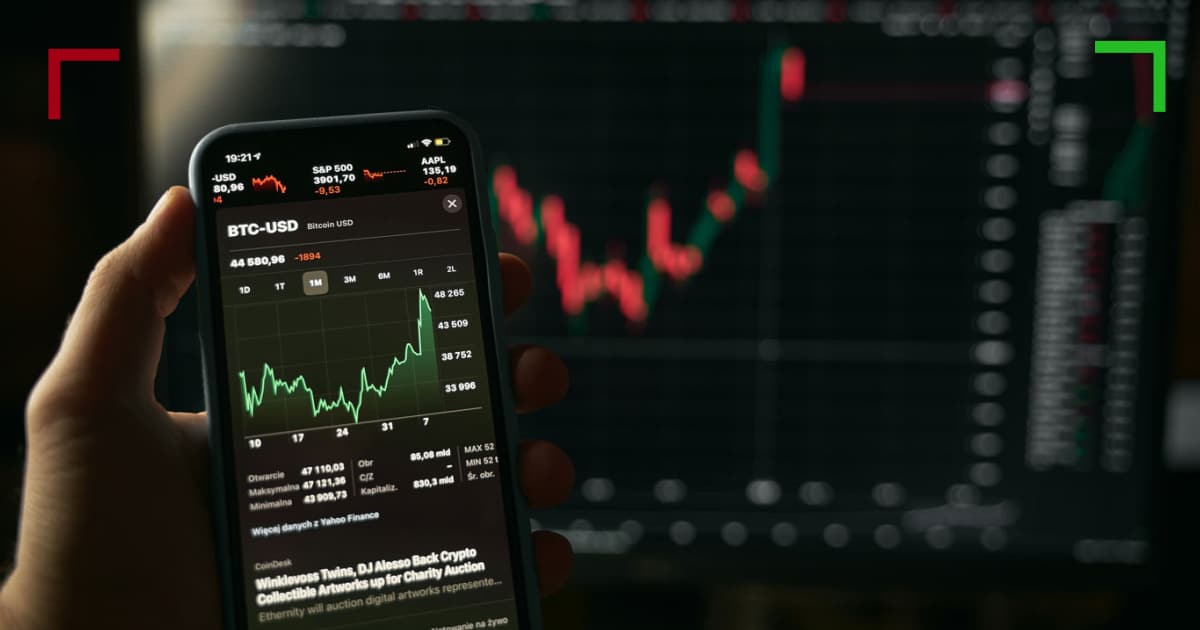
Mastering Trading Crypto Charts for Effective Decision Making
Trading crypto charts is an essential skill for anyone looking to succeed in the volatile world of cryptocurrencies. Understanding how to interpret these charts and utilize various indicators can significantly enhance your trading strategy. For those interested, you can check out this informative video: Trading Crypto Charts https://www.bitchute.com/video/X3NqhZdXBC6F/.
The cryptocurrency market is known for its rapid fluctuations, and chart analysis plays a crucial role in facilitating informed trading decisions. In this article, we will explore the various components of trading crypto charts, popular types of charts, important indicators, and strategies that can help you maximize your trading potential.
Understanding Different Types of Charts
There are several types of charts used in crypto trading, each with its unique features and benefits. The most commonly used chart types include line charts, bar charts, and candlestick charts.
Line Charts
Line charts represent price movements over a specific period, connecting data points with a continuous line. They are straightforward and ideal for tracking price trends. However, line charts do not provide in-depth information about price range or volatility.
Bar Charts
Bar charts display the open, high, low, and close (OHLC) prices for a specific time period. Each bar represents one time interval and offers more detailed information than line charts. Traders can evaluate price movements effectively and identify potential breakouts or reversals.
Candlestick Charts
Candlestick charts are among the most popular in crypto trading due to their visual appeal and the amount of data they convey. Each candlestick represents the price action within a specific time frame, with a « body » indicating the opening and closing prices and « wicks » showing the high and low prices. Candlestick patterns can represent bullish or bearish sentiment, making them invaluable for technical analysis.
Key Indicators for Crypto Trading
Various indicators can aid traders in scrutinizing crypto charts. Understanding these indicators can help identify trends, potential entry and exit points, and overall market sentiment.
Moving Averages
Moving averages smooth out price data to create a trend-following indicator. The two most common types of moving averages are the Simple Moving Average (SMA) and the Exponential Moving Average (EMA). Moving averages can help traders identify potential buy or sell signals based on the crossing of different periods.
Relative Strength Index (RSI)

The RSI is a momentum oscillator that measures the speed and change of price movements. It ranges from 0 to 100 and is typically used to identify overbought or oversold conditions. An RSI above 70 indicates that an asset may be overbought, while an RSI below 30 suggests it may be oversold.
Bollinger Bands
Bollinger Bands consist of a middle band (simple moving average) and two outer bands that indicate price volatility. When the price is above the upper band, it can indicate a potential overbought condition, while a price below the lower band may suggest an oversold condition. Prices often move within these bands, and traders can use breakouts as signals for potential trades.
Developing a Trading Strategy
Creating a successful trading strategy involves combining technical analysis, risk management, and instinct. Here’s a breakdown of key components for developing your trading strategy:
Define Your Goals
Establish what you want to achieve with your trading. Are you looking for quick profits through day trading, or do you intend to hold assets long-term? Defining your goals will help you choose the appropriate strategies and tools.
Research and Analyze
Stay informed about market trends, news, and developments in the crypto space. Conduct thorough research on the cryptocurrencies you intend to trade. Use price analysis and sentiment analysis to back your decisions.
Risk Management
Effective risk management is fundamental for long-term success. Decide on how much of your portfolio you are willing to risk per trade. Tools like stop-loss orders can help mitigate potential losses and protect your capital.
Stay Disciplined
Emotions can often cloud judgment in trading. Stick to your established trading plan and avoid making impulsive decisions based on emotions, fear, or FOMO (Fear of Missing Out).
Continuous Learning and Adaptation
The cryptocurrency market is ever-evolving, with new trends, technologies, and regulations continually shaping the landscape. As such, traders must adapt their strategies and continuously educate themselves. Engage with the trading community, take courses, read relevant literature, and stay abreast of market developments to refine your trading skills.
Conclusion
Mastering trading crypto charts is not an overnight endeavor. It requires dedication, practice, and a willingness to learn from both successes and failures. By understanding chart types, utilizing key indicators, and implementing effective strategies, you can position yourself to make better-informed trading decisions in the complex world of cryptocurrencies. Ultimately, consistent practice and adaptation will lead to greater confidence and success in your trading journey.

COMMENTAIRES